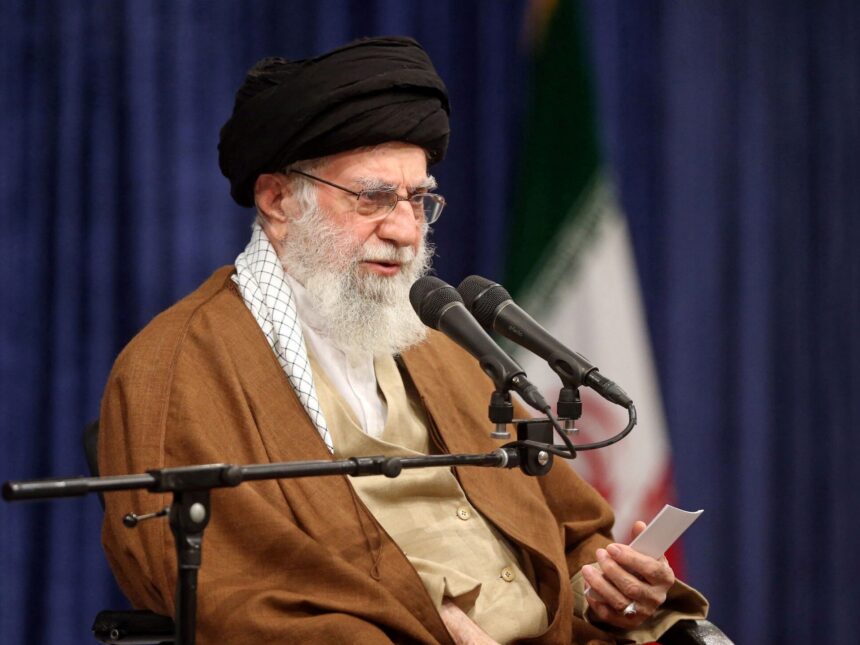Tehran, Iran – Over the years, authorities in Iran have strategically built an “axis of resistance” to counter Israel and the United States in the region, comprising armed groups and government actors in Iraq, Lebanon, Syria, and Yemen, along with Palestinian factions.
Following the downfall of Bashar al-Assad in Syria, Tehran not only lost a long-standing alliance with the ruling family in Damascus but also key connections within the axis.
Despite claims of the axis collapsing, Iran’s Supreme Leader Ayatollah Ali Khamenei recently dismissed such notions as “ignorant” and insisted that the resistance movement would expand to encompass the entire region to expel the US presence from the area.
A top priority for Tehran remains ousting the US, particularly from neighboring Iraq, in retaliation for the assassination of Qassem Soleimani, Iran’s top general and a key figure in the axis, in January 2020.
Cutting off access to Hezbollah, a major ally that Iran helped establish in Lebanon, has also become a challenge. While Hezbollah has faced significant losses from Israeli attacks, Iran continues to assert that the group remains resilient, with Khamenei praising the resilience of Lebanese and Palestinian forces against Israel.
The collapse of the Assad government in Syria has dealt a blow to Iran’s regional influence, particularly weakening its connection to Hezbollah through the Tehran-Baghdad-Damascus-Beirut axis. This loss complicates the rebuilding and equipping of the resistance network, leaving Hezbollah more vulnerable to Israeli aggression.
In response, Israel has capitalized on al-Assad’s weakened position in Syria by expanding its presence in the country and launching numerous airstrikes. Despite Iran’s desire to maintain ties with Syria, the new Syrian administration under Ahmed al-Sharaa appears hesitant to antagonize Israel.
Meanwhile, Israel has intensified its attacks on Yemen’s Houthi group, aiming to destabilize the Iran-aligned faction. Reports suggest that Israeli military and intelligence services may be targeting Houthi leaders, including Abdel-Malik al-Houthi, in a bid to weaken the group.
In Iraq, the US has pressured Baghdad to dismantle Iran-aligned armed groups, threatening military action if not complied with. Many of these groups are now integrated into Iraq’s official security forces, posing a challenge to US-Israeli interests in the region.
Amid these developments, the Iran-led axis faces a reconfiguration as its traditional pillars in the Levant crumble. Vali Nasr, a professor of international affairs, believes the axis must adapt to remain relevant, potentially taking on a different form contingent on the evolving dynamics in the region.
While the axis’s geographical connection and unity among members have been compromised, its ideological foundation of resistance against America and Israel remains intact, potentially strengthening in certain aspects. This shift may signify a transition towards a “resistance without an axis” model, with Iran fortifying its frontline defense in Iraq and Yemen while maintaining reduced coordination with other members of the axis.










